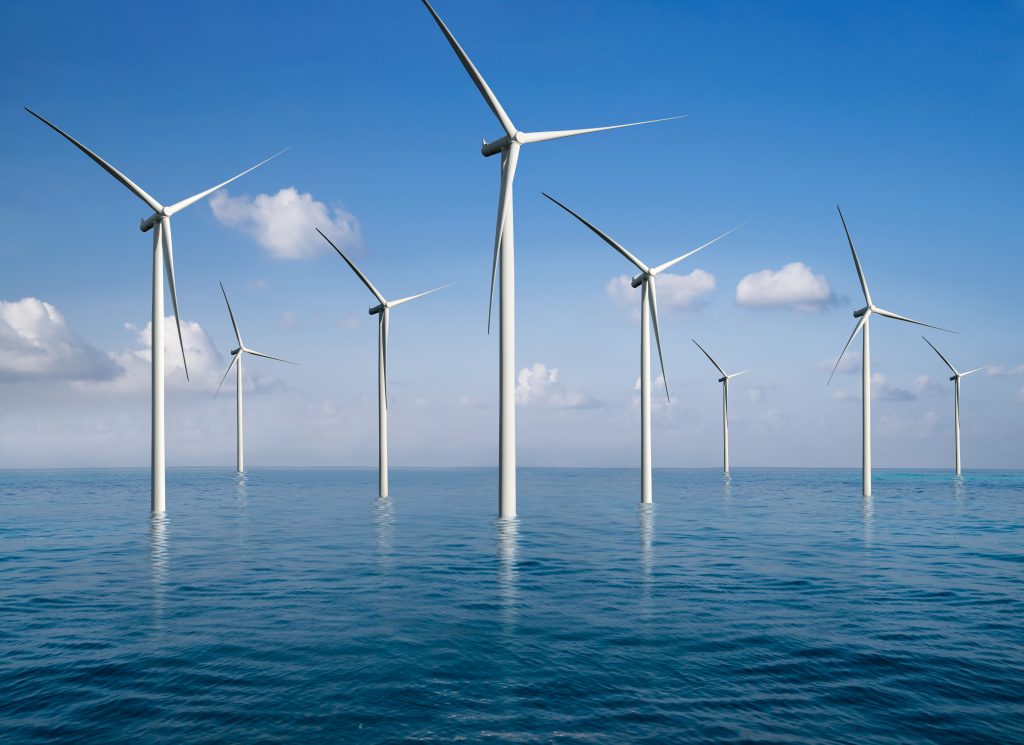
Up to 5,300 new jobs and up to £1.4 billion could be generated for the UK economy by galvanising the supply chain and infrastructure opportunities arising from the development of new floating wind farms off the coast of South Wales and the South West England, according to new research commissioned by The Crown Estate.
The independent study, The Celtic Seas Blueprint, conducted by Lumen Energy & Environment, looked at the minimum requirements needed to deliver the first three projects outlined by The Crown Estate in December. It also examined the gaps, such as ports deep enough for handling the giant turbines, vessels to service the sites, and export cables to transport electricity to land.
Addressing these gaps will be critical to establishing these first wind farms, and, with a further pipeline of wind farms expected in the region as well as rising global demand, the opportunities for ports, manufacturers and the wider supply chain could be far greater. Action is required now, locally and nationally, to capture the opportunities associated with this fast, growing innovative new technology.
The first three floating windfarms, which will be able to generate up to 4.5GW of electricity – enough to power more than four million homes, will be some of the largest in the world. And, as the first in the UK outside of Scotland, mark a new phase for offshore wind in England and Wales.
Wales has the potential to be at the forefront of driving this development with opportunities from port infrastructure to significant SME support across the supply chain.
In particular, the research highlighted opportunities for the region from the assembly of the large floating platforms needed to house the turbines, building on the existing local high-skilled welding and concrete expertise and existing local suppliers. It highlighted opportunities for local ports across the region from the assembly, transport and storage of parts during the construction and life-cycle of the sites, while the region’s strong shipping expertise could also be of benefit during the development stages.
More generally, the first three windfarms alone will need:
- More than 260 turbines spread across the three sites, each some 300 metres tall, around the same height as The Shard, on a floating platform about the size of a football pitch
- More than 1000 anchors to secure the floating turbines to the seabed, with at least 300km of mooring lines
- Nearly 900km of cables – enough to stretch four times the length of Wales, to link up turbines and connect them to the electricity network


